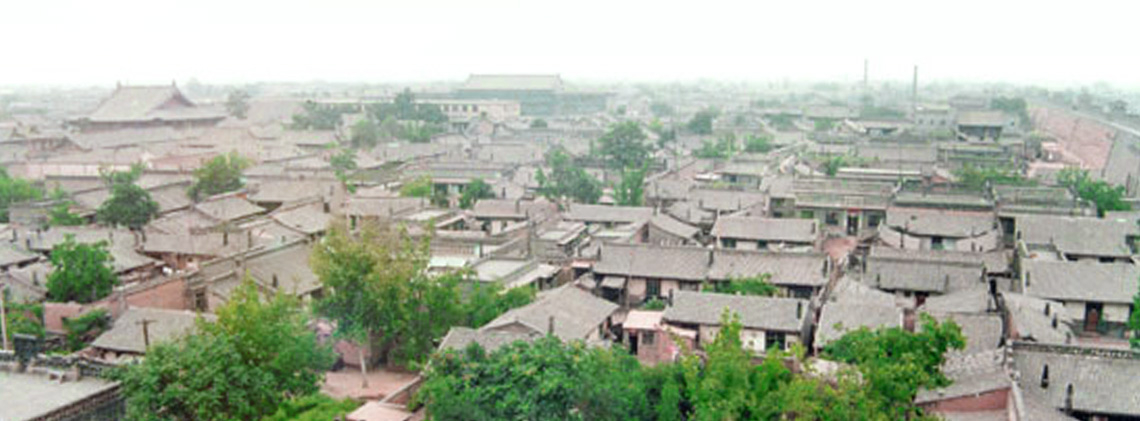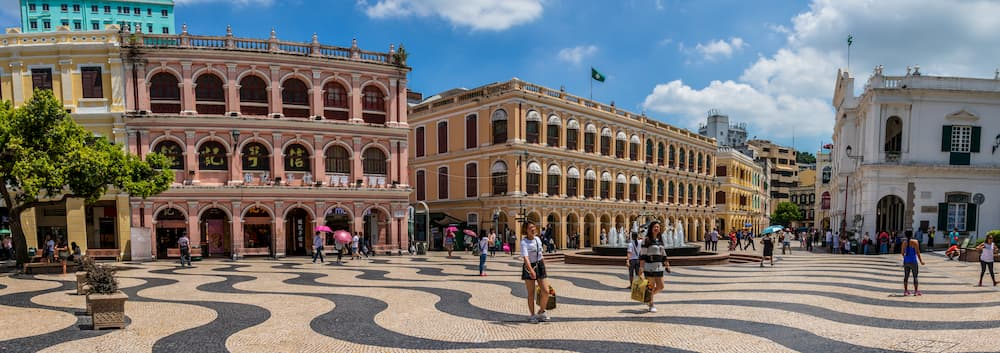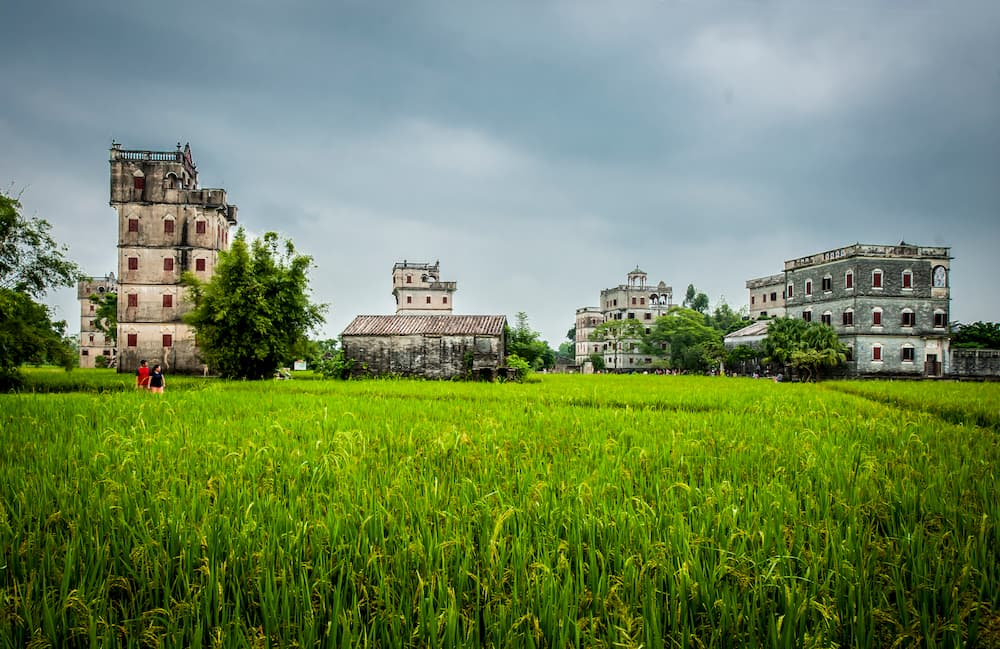
Ancient City of Pingyao
Splendid
Chi Culture
Topic
Ancient City of Pingyao
Pingyao county is located in central Shanxi province. The 2,700 years old historic town, the “ancient city of Pingyao,” was inscribed on the World Cultural Heritage List by the United Nations Educational, Scientific and Cultural Organization in 1997. Together with the Old Town of Lijiang in Yunnan, the Ancient Town of Langzhong in Sichuan, and the Ancient Town of Shexian (She county) in Anhui, they are the four best-preserved ancient cities in China.
There are more than 300 historical sites in ancient Pingyao, including old city walls, streets, stores, and dwellings. The influence of Confucian, Daoist, and Buddhist cultures on city planning and architectural design is evident in the city’s orderly layout. The old masonry city wall was rebuilt from the earlier earthen weir in 1370 (the third year of the Hongwu reign of the Ming dynasty). It was not only built for military defense but for municipal purposes as well. In 1977 it protected the dwellings of Pingyao from a heavy flood.
Pingyao was once called the “turtle city” because its southern and northern gates resembled the head and tail of a turtle while the upper and lower eastern and western gates symbolized the turtle’s four legs. According to legend, the turtle shape was chosen for its symbolic meaning of “auspiciousness and longevity.” Normally, most county cities have only four gates with one located in the middle of each of the four walls. However, the city of Pingyao has six gates with one additional gate along the eastern and western walls, respectively, to meet the needs of traffic and commerce. The city wall is 6,163 meters long, and was constructed with 3,000 battlements and 72 watchtowers to symbolize the 3,000 students and the 72 outstanding disciples of Confucius (551–479 BCE).
Pingyao was once a center of commerce and culture in Shanxi province and had a host of wealthy households. Most of the dwellings were large and well-designed quadrangle courtyards characterized by exquisite decorations such as wood, brick, and stone carvings, and colored statues of high ornamental value.
During the Ming (1368–1644) and Qing (1644–1911) dynasties, merchants from Shanxi province prospered and earned the prestigious appellation of “Jin merchants” (Shanxi belonged to the Jin domain in ancient time). For over five centuries, Jin merchants engaged in a broad range of businesses which included trading in salt, iron, food, coal, and silk, as well as in the financial fields. Their footprints covered the high plateau of Mongolia, ports in the Yangtze delta, Hong Kong, and even Calcutta, Siberia, Osaka, and Arabia. However, it was the piaohao (a type of draft bank) business in the late Qing period that was one of their greatest achievements.
A piaohao was a private credit establishment specializing in money exchange. The shop owners would set up branches in various locations, making long-distance withdrawal possible. According to historical records, China had 51 piaohao in the late Qing. Among them, 43 were headquartered in Shanxi and 22 of those were in Pingyao. They were mainly located on Western Avenue which was later dubbed the “Chinese Wall Street.” Pingyao at that time was the financial center of China. Today, these establishments are still preserved with many of them having been turned into museums.
China’s first piaohao, Risheng Chang (Rising Sun Prosperity), was established in Pingyao in 1832 with Lei Lütai as its first general manager. It lasted more than 100 years. In its prime, the piaohao’s annual remittance reached 38 million taels of silver. Risheng Chang closed in 1946.
The credit of the Shanxi piaohao was legendary. It is said that in the late Qing period, an old beggar woman came to Risheng Chang’s head office one day with a draft from its Zhangjiakou branch to withdraw 12,000 taels of silver. The clerk on duty, noticing that the draft was issued more than thirty years earlier in 1868 (the seventh year of the Tongzhi reign), could not decide what to do. After checking their account books for the past several decades, the store manager verified the authenticity of the draft and paid it in full. It turned out that the woman’s husband who had been a fur dealer doing business in Zhangjiakou, deposited the amount of silver there in 1868 and died from an illness on his way home. Having lost all financial support, his wife was reduced to begging. It was not until thirty years later that the old widow found the piece of paper in a corner of her late husband’s old jacket. After this incident, Risheng Chang’s name became ever more prestigious, and its business of remittance, deposit, and withdrawal thrived even more.







